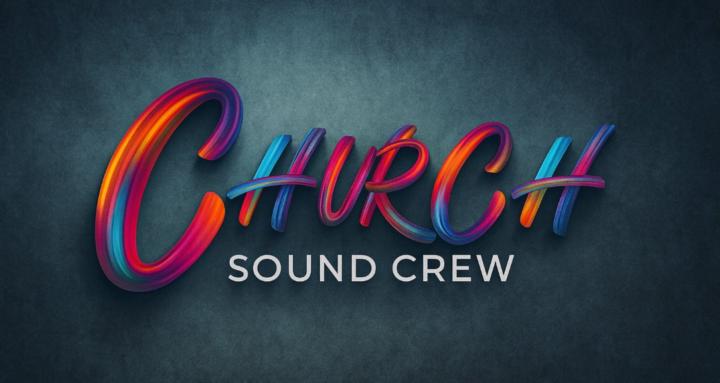Sep 13 • 🎚️ Community Chat
⚡ Why Your Mix Still Feels Messy (Even With EQ Dialed In)
Let’s be real—compression is the most misunderstood tool in live sound.I’ve seen two extremes:👉 Techs who slap a compressor on everything and squash the life out of the mix.👉 Techs who are scared to touch it and end up chasing faders the whole service.
The truth? Compression is a seatbelt for your mix.
It keeps things under control... while still letting the music breathe.
Here’s the breakdown:
🎛️ What Compression Does
- Turns down the loud parts.
- Brings up the quiet parts.
- Keeps dynamics balanced so instruments/vocals sit steady in the mix.
🎤 On Vocals
- Smooths out whispers vs. belting.
- Keeps the vocal “up front” without riding the fader every line.
🥁 On Drums
- Tightens kick and snare so they punch but don’t overwhelm.
🎹 On Instruments
- Helps guitars and keys stay present without poking out randomly.
Basic starting point for live vocals:
- Threshold: aim for 3–6 dB of gain reduction
- Ratio: 3:1 or 4:1
- Attack: medium (20–40ms) so natural punch comes through
- Release: medium-fast (100–200ms) to reset quickly
⚡ Pro tip: Compression isn’t about squashing—it’s about control. If you hear the compressor working, you probably went too far.
💬 Question for you: What’s the hardest thing for you to compress in your church mix—vocals, drums, or something else?
— Nate
Vocals 🎤
Drums 🥁
Instruments 🎸
Something else (comment below)👇
2
1 comment
powered by

skool.com/church-audio-engineers-2670
Your hub for church sound, livestream mixing, and Sunday audio solutions—practical tips, training, and community for church sound teams by NATE Audio.
Suggested communities
Powered by
